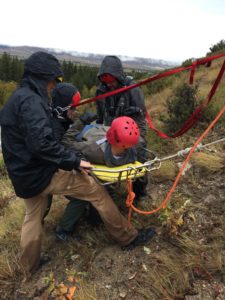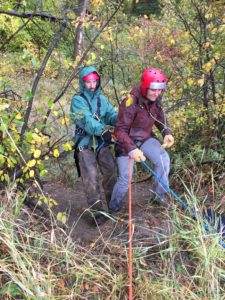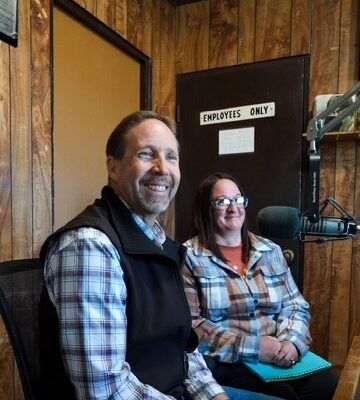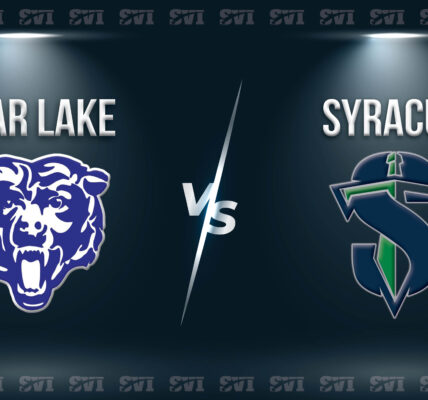84th Civil Support Team trains high, low and steep angle rescues with Star Valley Search and Rescue

The final days of September 2019 brought a unique opportunity to area first responders and community volunteers. The 84th Civil Support Team was in Star Valley to participate in some training exercises with the Star Valley Search and Rescue.
“The Wyoming National Guard 84th Civil Support Team is a team made of Soldiers and Airmen with a mission to support civil authorities in Wyoming,” said Justin Day, one of the coordinators of the training.
“They trained on high, low and steep angle rescue on September 27 and September 28.”
The training focused on knots, anchor building, belay techniques, becoming familiar with Single Sheave blocks, the Prusik-Minding Pulley and utilizing mechanical advantage for raising or lowering individuals.
“The training was conducted Friday evening where members of the Search and Rescue practiced tying knots, such as the Water Knot, Figure 8 Knot, Fisherman Knot, Bowline and Clove Hitch as well as tying a hasty harness (Swiss Seat),” said Day. “The training also focused on how to make fixed focused anchors using webbing or ropes.”
Participants also learned how to deploy a Stokes Basket (Rescue Stretcher) in an emergency setting.
“The training on Saturday was a training event using what was learned on Friday to recover two individuals using the skills that were taught the night before,” Day said.
According to Day, a low angle rescue situation involves “angles of up to about 15-35 degrees.”

“In these scenarios, most of the rescuer’s weight is supported by the ground and rope is only used for balance or assistance with the rescue,” he said. “Common examples of low angle situations are car accidents when the vehicle has gone down the side of the road, or recovering someone with injuries that will need to be transported using the Stokes Basket.”
Steep angle rescues are “rescues at 35-60 degrees,” Day said.
“In this situation, the weight of the rescuer and victim are distributed relatively evenly between the ground and ropes,” he explained. “Rescuers are also fully dependent on the rope system for upward travel because of how much higher the angle is compared to a low-angle rescue.”
A high angle rescue occurs in “terrain that has a slope angle of 60 degrees and higher,” Day said.
“In this type of rescue, rescuers are totally dependent upon the ropes for accessing and exiting the rescue,”
He explained. “Since most of the rescuer’s and victim’s weight is handled by ropes, errors in setting up the rope system could be catastrophic or fatal.”
According to Day, this type of training exercise is critical for first responders in the Star Valley area because of the types of terrain in this region as well as the types of outdoor activities that take place.
Working with the 84th Civil Support Team gave local Search and Rescue volunteers a chance to gain some hands on experience and further develop their skill set, Day said.






